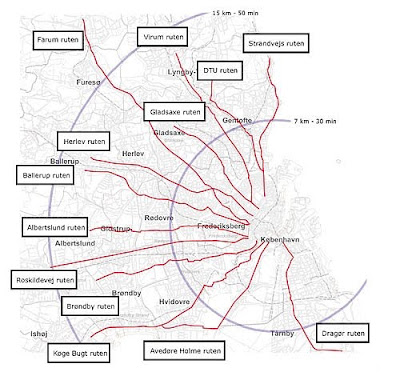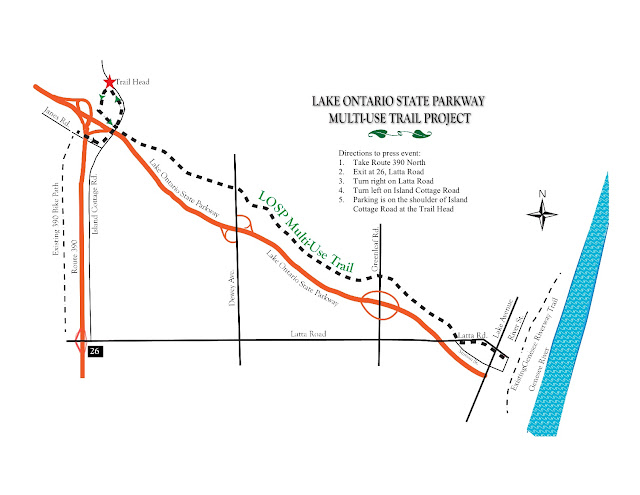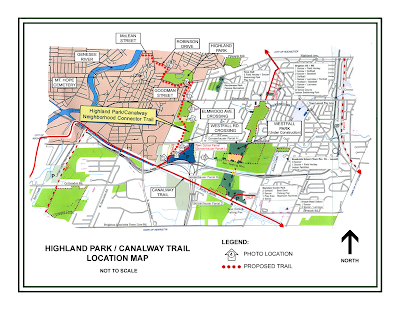High Falls is a stunning natural landmark and attraction in downtown Rochester, but to people bicycling through the city on the Genesee Riverway Trail, there's no clear, marked way to get there. Cyclist Jon Schull says that he takes a different route each time because he doesn't know the best way to go.
"We are already one of the best bicycling destinations in the world, but no one is telling that story," says Schull, a member of the newly formed Rochester Cycling Alliance, an advocacy group. "And if you were going to tell that story, you'd want to take care of a few embarrassments, like what's the right way to ride to High Falls? And how do I get from High Falls back on the trail that will take me up to Seneca Park and Lake Ontario?"
Schull is one of several people trying to hammer home just how close the Rochester region is to becoming a world-class cycling destination.
The region has plenty of scenic and functional trails, unique attractions like the city's Turning Point Park, several thriving cycling cultures, and a top-notch amateur racing circuit. The Rochester cycling scene got a big boost from the professional races in downtown organized by Full Moon Vista owner Scott Page. Racers and spectators packed into downtown for the events. The next step was supposed to be the six-day Tour de New York race, which was originally set to debut this past summer. Page postponed the race a year because of money, but he plans to hold it in 2010.
Representatives of cycling's international governing body met with Page in 2007, the year the Twilight Criterium became an internationally sanctioned race, to talk about ideas for a multi-day tour race in and near Rochester – the Tour de New York. They were extremely interested, Page says, because of New York's international name recognition.
"They knew this terrain incredibly well," Page says, of the Rochester-Finger Lakes-Western New York region. "It's some of the nicest riding on the continent."
The Criterium has been a high-profile event, but the region's high-profile trails can be a draw, too. Each year, the state Canal Corporation measures usage of the Erie Canal Trail. During 2008, the number of people on different sections along the trail between Genesee Valley Park and Perinton Town Park ranged from about 100,000 and 200,000, half of whom were cyclists. Monroe County is one of the more active areas along the canal system, says Carmella Mantello, director of the Canal Corp.
On the tourism side, 500 bicyclists travel the canal trail each year as part of the Cycling the Erie bicycle tour.
But if Rochester wants to be a true cycling destination, it has an obstacle to overcome: government officials and cycling advocates – and even the different cycling groups in the region – haven't worked closely together. That's starting to change. The Rochester Cycling Alliance, which brings together cyclists from different groups and backgrounds, wants to take an active role as city officials develop a Rochester cycling master plan.
"We want to see bicyclists have more of a voice in the city planning process," says Andrew Dollard, a member of the Cycling Alliance.
The city has $250,000 in regional transit funds for bicycle-related improvements, as well as $2.1 million in federal funding over the next four years for projects on or connecting to the Genesee Riverway Trail. The 16 miles of completed trail run between Ontario Beach Park and Genesee Valley Park, though there's a break in the downtown area.
The city plans to form an advisory group with members from transportation agencies, environmental groups, and cycling groups. Among other things, that committee will evaluate trails, determine appropriate locations for bicycle lanes and shared-use lane markings ["sharrows"], and develop policies that encourage bicycle-friendly facilities in new construction projects. The city's ultimate goal is to earn Bicycle Friendly Community status from the League of American Bicyclists.
The city's in the process of hiring a consultant for the project. City Planning Director Charles Thomas says he expects the contract will take effect at the start of the city's next fiscal year, July 1.
How does a planning document relate to the region's potential as a cycling destination? The same improvements that will make the city more hospitable to the cyclists who live here will also make the city more attractive to visiting cyclists.
Bicycle master plans are also being developed in some Rochester suburbs, which will help the region's cycling appeal, says Richard DeSarra of the Rochester Bicycling Club. Penfield has completed its plan, and Brighton is preparing to start. But the different communities also need to make sure that plans and projects in one place tie into the efforts in another.
Making the Rochester region bicycle friendly and a cycling destination will also require passionate local leaders with clout to push for the necessary policies and projects, Page says.
One way to make the region more bicycle-friendly is for municipalities to make sure they connect existing trails and trail segments. Over the past decade or so there has been progress, DeSarra says.The Erie Canal trail and the Genesee Valley Greenway are examples; they even connect to each other. But there's still work to be done on those trails, such as making more connections or offering better markings.
The Greenway, combined with the Genesee Riverway, provides a straight shot from RIT to downtown, says Jon Schull, an RIT professor who's involved in bicycling-related projects at the school. The Greenway and Riverway are actually the most direct way to get from RIT to downtown. And the University or Rochester is along the way.
Students could live downtown "without having to worry about cars and parking and all of that," Schull says. "So I see that as a real transportation innovation that could make a difference."
The Greenway and the Erie Canal trail are not complete or connected in certain parts, mostly in lesser-populated areas. If they were, those paths could be useful to commuters, Dollard says. They could act as a bicycle highway from outlying areas into the city.
On a broader scale, there's the potential to connect trails from Lake Ontario and the City of Rochester to Williamsport, Pennsylvania, via 230 miles of trails, including the Genesee Riverway Trail and the Genesee Valley Greenway. The only hurdle is a few short gaps and one 20-mile gap that need to be connected, Schull says.
And that doesn't even touch on the cycling opportunities that are available in the Finger Lakes region, east of the Greenway. Bike-based scenic tours and wine country tours are already popular.
DeSarra sees potential for bicycle-based heritage tourism. A visitor could bike into Rochester on the Erie Canal trail, hop on to other local trails and visit sites related to Susan B. Anthony, Frederick Douglass, or the Underground Railroad, then continue on to Canandaigua, Seneca Falls, or Auburn.
"We've got some great cultural things that would bring them in," DeSarra says.
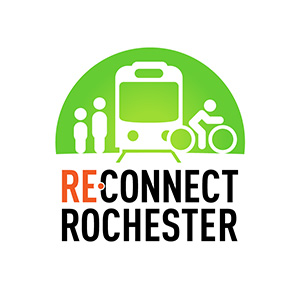
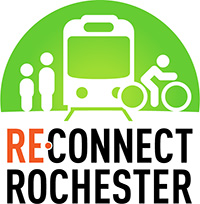
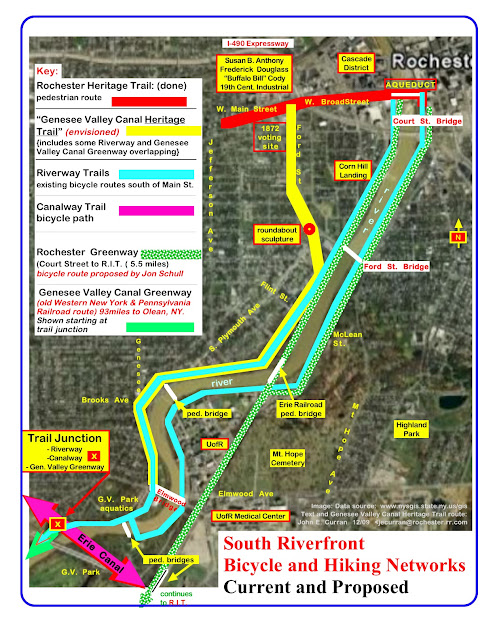.jpg)







